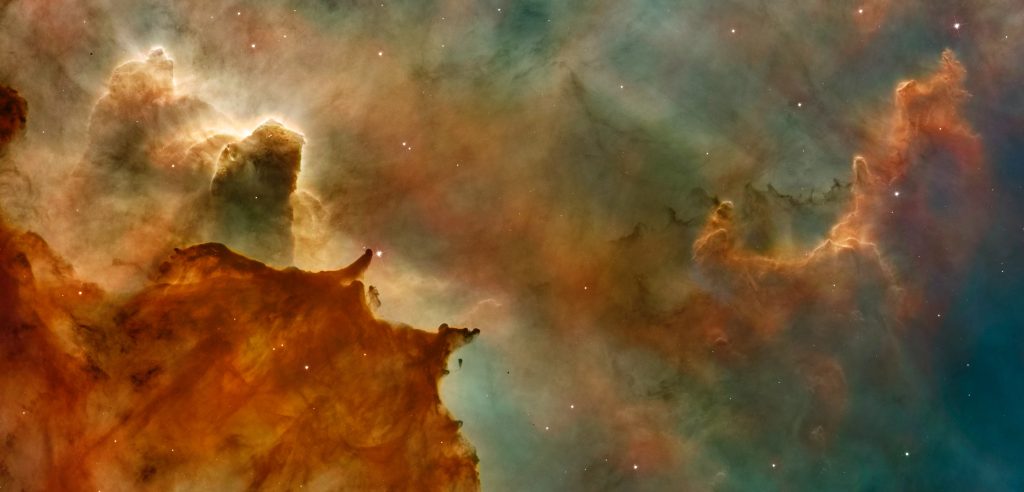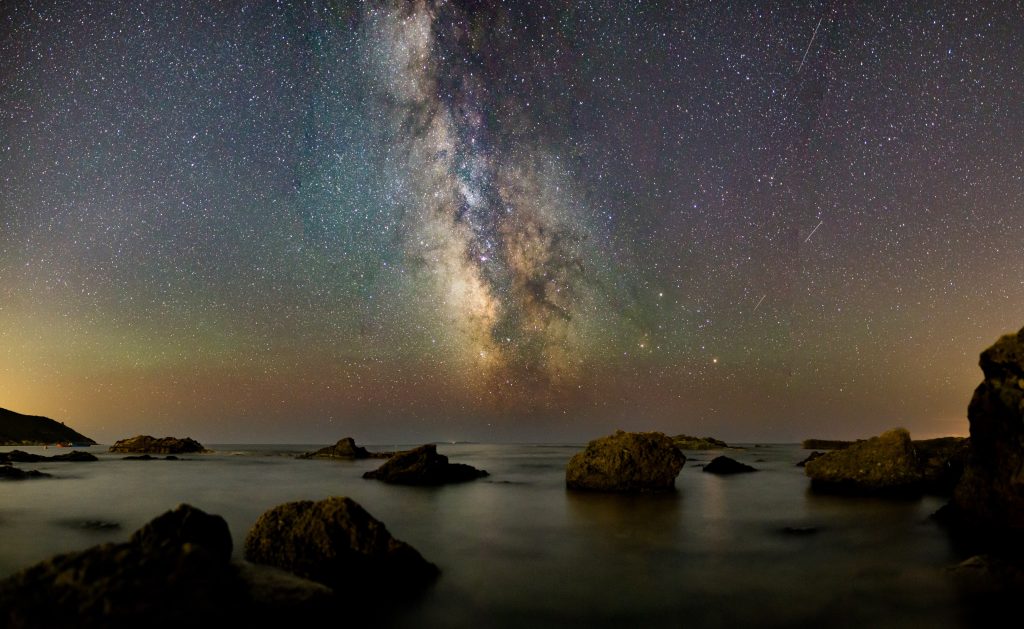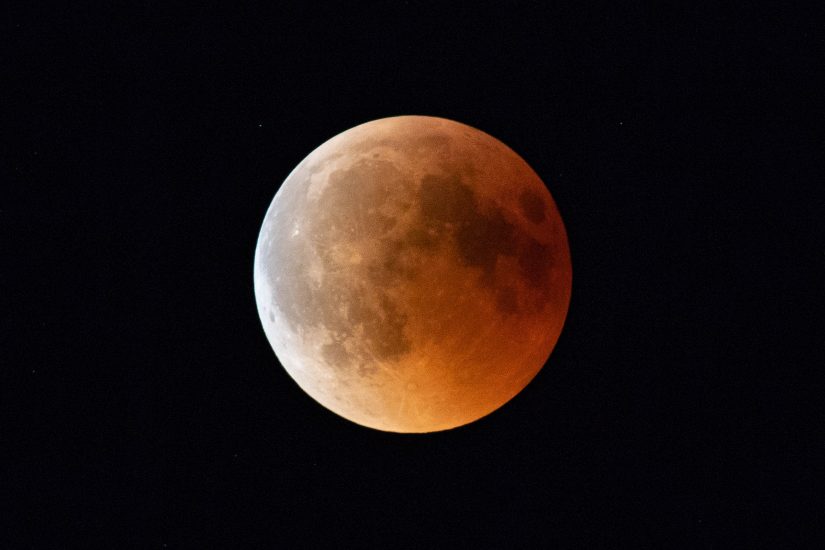Future Space Plans
As the final frontier, space has been a topic of fascination for centuries. With recent technological advances, space exploration is no longer just a figment of the imagination—it’s becoming a reality. Numerous private and public entities have expressed interest in space travel, and there are many different plans in the works for the future of space exploration. You can feel like a space cowboy by joining PlayAmo and testing your luck.
One of the most significant events in recent times was the launch of China’s Change 4 mission to the far side of the moon. This was a remarkable achievement, and it’s thought that China will now turn its attention to Mars. Indeed, the country has already announced plans to launch a mission to the red planet in 2020.
Mars

The most immediate and pressing plan is to visit Mars in the next 25 years. This goal was set by the National Space Council, chaired by Vice President Mike Pence, in March of 2019. The council’s main focus is on NASA, and the plan is for NASA to work with commercial partners to make this happen. In addition to Mars, there are also plans to return to the moon—this time to stay.
NASA is currently working on a lunar outpost that could be operational by 2028. Looking further into the future, there are many different plans for what could be done with space travel. One possibility is mining resources from asteroids. This would provide an alternate source of rare minerals and metals that are needed for various industries on Earth.
Other Planets

Another possibility is establishing colonies on other planets or moons. This would provide a place for humans to live in the event that something catastrophic happened to Earth. There are also numerous plans for space tourism. Several companies are working on developing rockets that would take paying customers on trips to space. These trips would likely be expensive, but there is a market for them.
In April 2019, NASA’s Transiting Exoplanet Survey Satellite (TESS) discovered its first Earth-sized planet in its star’s habitable zone. This is a significant find, and it’s hoped that TESS will discover many more such planets in the future. The search for habitable worlds will also be taken up by the James Webb Space Telescope (JWST), which is scheduled to launch in 2021. The JWST will be the most powerful telescope ever built, and it will be able to detect the faintest and most distant objects in the universe.
Ultimately, the future of space exploration is uncertain. However, there are many different plans in the works that could make space travel more commonplace in the coming years. Whether it’s mining resources, establishing colonies, or simply taking tourists on trips to space, there are many different ways that humans could utilize the final frontier.
